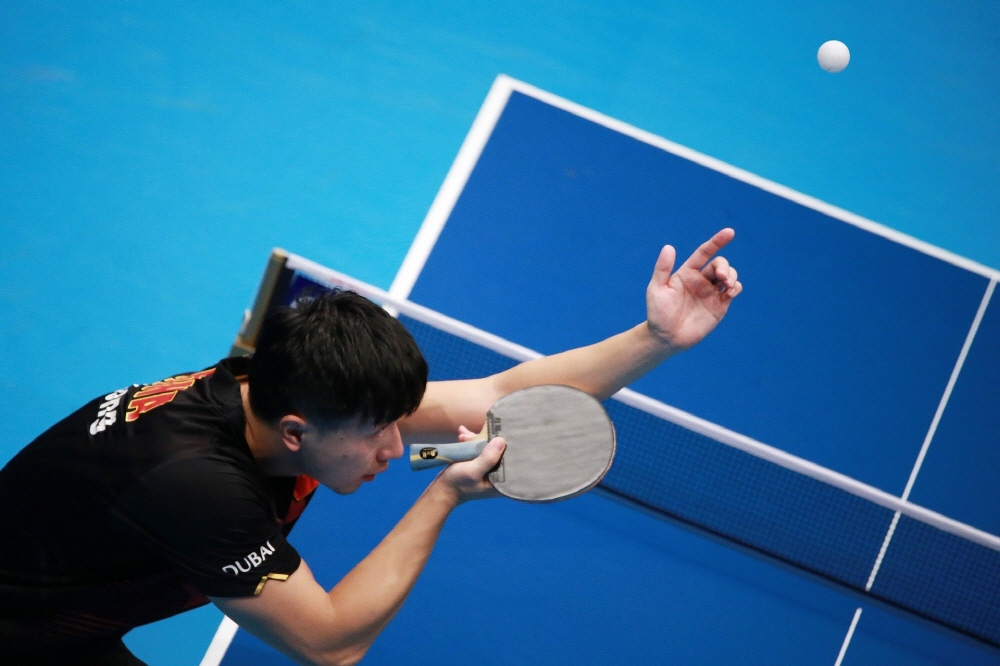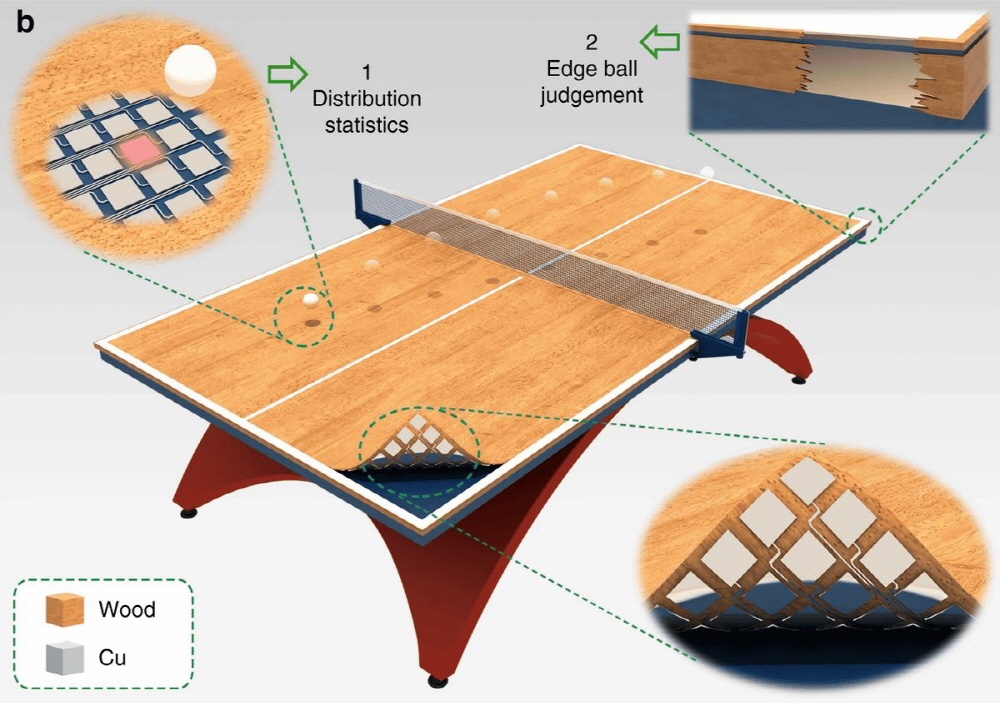
In recent years, there is an active movement to use data in the sports field. Data such as player play trends and motion analysis help improve the team and players, and the same applies to referee decisions. In the midst of this, a smart table tennis table was developed that collects data through friction when a table tennis ball is hit.
Real-time data collection in sports helps improve athletes’ abilities, but using built-in sensors, such as batteries, requires battery charging or regular replacement, and can adversely affect the global environment as well as cost. For this reason, a joint research team in China and the United States has attempted to develop a sustainable maintenance sensor technology.

What the research team has adopted is a method of procuring electricity required for data collection and transmission by embedding a triboelectric sensor that uses the phenomenon of generating electric charges when two objects in contact leave. This power generation system is basically the same principle as generating weak power when putting socks in contact with a washed sweater.
The research team succeeded in developing a smart table tennis table that uses friction to generate power when the table tennis ball touches the table tennis table by adding a triboelectric sensor under the wooden surface that has improved triboelectric properties by chemical treatment, and collects and transmits ball data that touches the pedestal. This smart table tennis table collects and transmits ball speed and contact position data using the power generated when the table tennis ball is touched.
When you play ping-pong, the display records the position of the ball and the speed of contact. Data accumulates continuously after repeated attempts. Unlike the distributed battery sensor, which was widely used in sports data collection until now, the developed sensor operates without a battery. Therefore, it is a sustainable device with low environmental cost required for disposal. It is also useful as a way to collect table tennis play data. The research team explains that they can analyze statistical data to obtain player data and use it for training instruction to develop better competitive strategies.
The research team also says that the sensor developed this time is beneficial to judges as well. In table tennis, the presence or absence of a score can be recognized depending on where the table is located, such as the end of the table. However, in the case of Edge, it is difficult to grasp and sometimes the decision is not convincing to the player. In this case, this sensor can be used to determine the edge ball. By incorporating a sensor into a table tennis table, it is possible to make accurate decisions that are difficult to see with the naked eye.
The research team says that this study will provide a great opportunity to apply big data analysis to a wide range of fields such as sports. In addition, a structure that chemically treats wood to increase its electrical output could open up new possibilities in wood-based electronics. Related information can be found here .


















Add comment